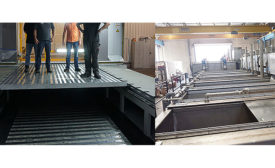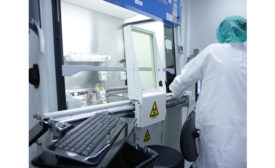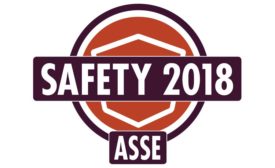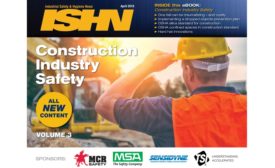Safety & Health Best Practices
Intelligence as a safety & health metric
Smart workers may think they outfox risks
August 3, 2018
Home Indoor Air Quality (IAQ) assessments present challenges
Today’s indoor generation
July 5, 2018
Not your father’s risk management
You want to prevent problems, not manage them
April 18, 2018
Never miss the latest news and trends driving the safety industry
eNewsletter | Website | eMagazine
JOIN TODAYCopyright ©2024. All Rights Reserved BNP Media.
Design, CMS, Hosting & Web Development :: ePublishing










